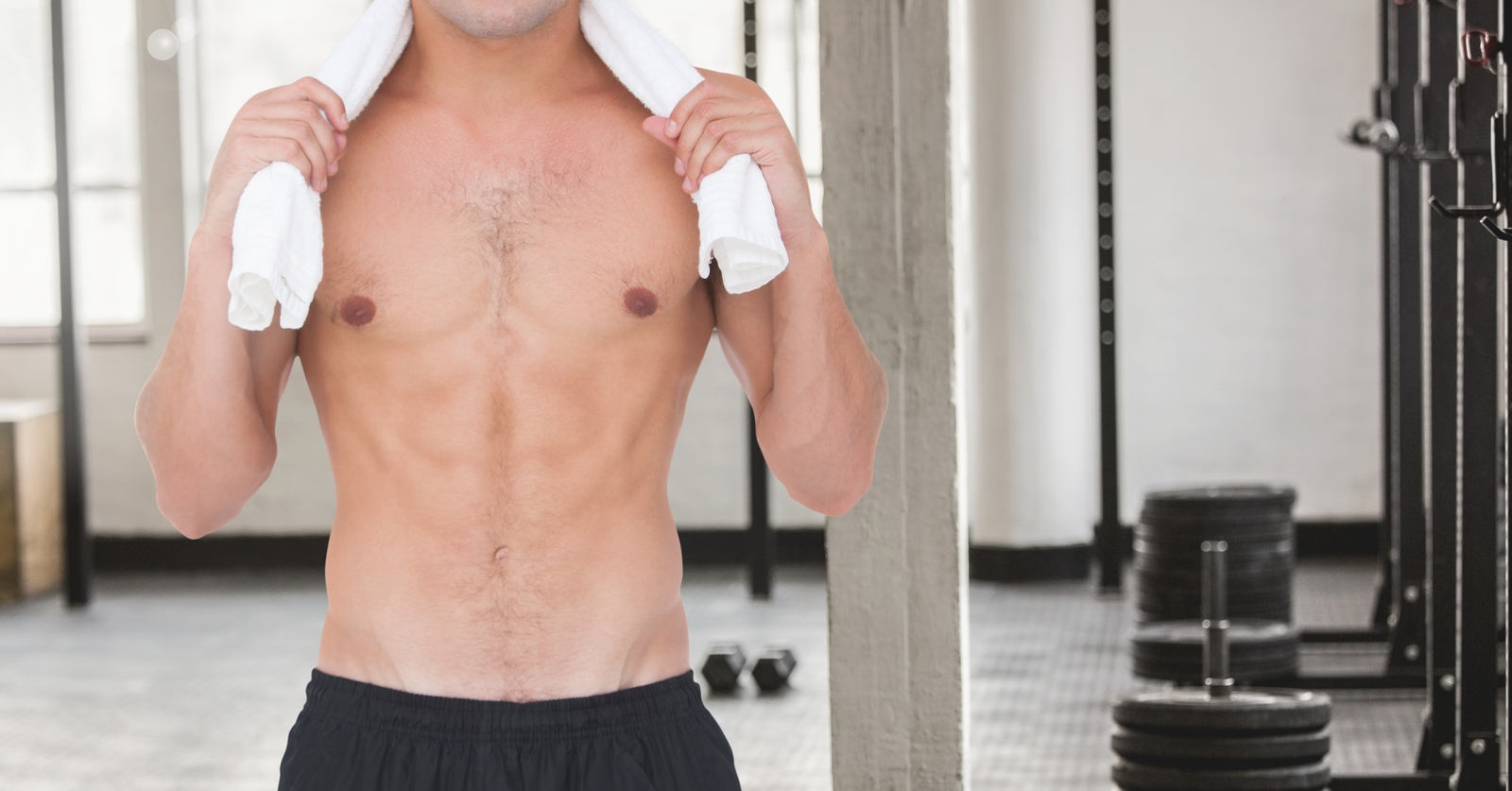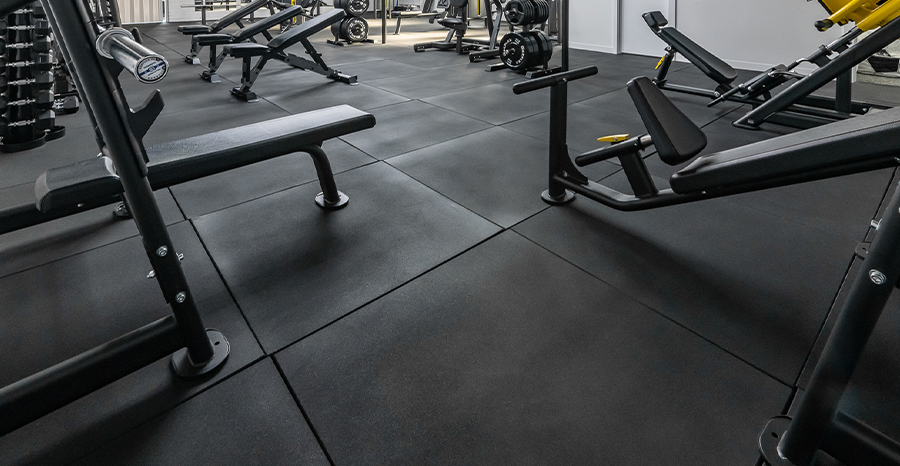
Durable Home Gym Flooring: Best Options Explained
Finding the perfect balance between durability and style is key. You want gym flooring that can withstand the toughest workouts while still looking sleek and modern. From tough rubber tiles that can handle heavy equipment to stylish vinyl options that add a touch of elegance, there are plenty of choices to suit your needs. Whether you prefer a rugged industrial look or a more polished finish, these top gym flooring options offer the best of both worlds.
Gym Flooring Options Overview
Types of Gym Flooring
When considering gym flooring options for your home gym, you have various choices like rubber, foam, carpet tiles, and vinyl. Each type offers different benefits in terms of durability, comfort, and style.
Rubber flooring is excellent for high-impact workouts and provides a good grip. Foam flooring is softer and more comfortable underfoot but may not be as durable as rubber. Carpet tiles offer a cozy feel but might not withstand heavy equipment well. Vinyl flooring combines durability with a sleek look suitable for any home gym.
Choosing the Right Flooring
Selecting the ideal flooring option involves assessing factors such as thickness options to reduce the impact on joints during exercise, matting for extra protection under heavy equipment, grip to prevent slips or falls, and cost to fit your budget constraints while ensuring quality materials are used.
Consider the dimensions of your gym space when picking out flooring, ensuring it covers the entire area without leaving gaps that could pose safety hazards. Think about how different types of floors will enhance the overall look and feel of your workout room.
Rubber vs. Foam Gym Flooring
Benefits of Rubber Flooring
Rubber gym flooring is known for its durability and ability to withstand heavy equipment without getting damaged. It provides excellent shock absorption, reducing the impact on joints during workouts, making it ideal for high-intensity exercises like weightlifting or cardio. The slip-resistant surface of rubber floors ensures a safe workout environment.
-
Durable
-
Excellent shock absorption
-
Slip-resistant surface
Rubber gym flooring comes in various forms, such as rolls or interlocking tiles, offering installation flexibility based on the space available and personal preferences. Its longevity makes it a cost-effective option in the long run, requiring minimal maintenance compared to other types of flooring materials.
Advantages of Foam Flooring
Foam gym flooring, including foam mats and foam tiles, offers unmatched comfort during workouts due to its cushioning properties. These soft surfaces are gentle on joints and provide a comfortable base for floor exercises like yoga or Pilates. Foam flooring is lightweight and easy to install without the need for adhesive.
-
Provides comfort
-
Lightweight and easy to install
Foam gym flooring is highly versatile; it can be easily customized by mixing different colors or patterns to create a unique look for your home gym. While not as durable as rubber flooring, foam mats are more budget-friendly options that still offer adequate protection for your floors during workouts.
Read Also: How to Cut Rubber Gym Mats? Step-By-Step Rubber Gym Flooring Guide
Best Home Gym Flooring Types
Features and Benefits
Rubber flooring is a popular choice for home gyms due to its durability, shock absorption, and noise reduction qualities. It provides excellent support for heavy equipment like treadmills and weight benches. On the other hand, foam flooring is lightweight, easy to install, and offers good cushioning for bodyweight exercises.

When considering vinyl flooring, it’s essential to note the water-resistant properties that make it suitable for areas prone to moisture exposure. Vinyl also comes in various styles and designs, allowing you to customize your home gym’s look. Another option is interlocking tiles, which are versatile, easy to assemble without adhesive, and can be removed or replaced as needed.
Rubber Flooring
-
Durable
-
Shock-absorbent
-
Noise-reducing
Foam Flooring
-
Lightweight
-
Easy installation
-
Good cushioning
Vinyl Flooring
-
Water-resistant
-
Customizable styles
Considerations for Choosing
When selecting the best home gym flooring option:
-
Assess your workout routine.
-
Consider maintenance requirements.
-
Determine your budget constraints.
-
Think about the aesthetic appeal of the flooring.
Factors to Consider for Home Gym Flooring
Impact on Noise
When choosing top gym flooring options for durability and style in your home gym, consider the impact on noise. Opt for materials that absorb sound, like rubber or foam tiles. These can help reduce the noise generated from your workouts, making it more comfortable for you and less disruptive to others in the house.
Rubber flooring is an excellent choice as it dampens sound well due to its thickness and density. It’s a popular option among homeowners setting up home gyms because of its ability to minimize noise disturbances during workouts.
Durability and Maintenance
Top gym flooring options should also prioritize durability and low maintenance. Look for materials that can withstand heavy weights, constant foot traffic, and equipment movement without wearing down quickly. Rubber flooring is known for its resilience against wear and tear, making it a durable choice for home gyms. Maintaining rubber floors typically involves regular cleaning with a mop or vacuum to remove dust and debris easily. This simple upkeep routine helps prolong the lifespan of the flooring while keeping it looking fresh.
Durability of Home Gym Flooring Materials
Comparison of Materials
Rubber, vinyl, and cork are top gym flooring options known for their durability. Rubber is resilient, withstanding heavy equipment and high-traffic areas. Vinyl offers excellent longevity and resistance to wear and tear over time. Cork provides a durable surface that can last for years without showing signs of deterioration.
When considering the durability of home gym flooring materials, it’s essential to assess their ability to withstand impact from weights and exercise equipment. Rubber mats have a high level of shock absorption, protecting both the floor beneath them and your equipment from damage. Vinyl flooring is highly resistant to scratches, making it ideal for spaces where heavy items may be moved around frequently.
Read Also: Gym Flooring Selection Made Easy
Longevity Factors
The durability of gym flooring materials directly impacts their longevity in a home gym setting. Rubber floors are known for their long lifespan due to their ability to resist abrasions and impacts over time. Vinyl flooring boasts exceptional durability against stains, spills, and daily wear-and-tear activities common in a workout space.
Cleaning and Maintenance of Home Gym Floors
Suitable Cleaning Products
To maintain home gym floors, choose cleaning products designed for specific flooring types like rubber or vinyl. For example, use a mild detergent and water solution for rubber flooring to avoid damaging it. Always check with the manufacturer for recommended cleaning agents.
Using harsh chemicals can deteriorate the surface of your gym floor over time. Opt for gentle cleaners that won’t leave residue or cause discoloration. Regularly mop the floor with a damp cloth or mop to remove dirt and sweat buildup from your workouts.
Preventative Measures
Place mats under heavy workout equipment to prevent indentations on your home gym floors. Encourage everyone using the space to wear clean workout shoes indoors only. Avoid wearing outdoor shoes as they can track in dirt and debris that may damage the floor during exercises.
Regularly inspect your gym floor for any signs of wear and tear, such as scratches or dents, especially in high-traffic areas like under machines or weights. Addressing these issues promptly can help prolong the lifespan of your workout area.
Benefits of Rubber Gym Flooring
Shock Absorption
Rubber gym flooring is one of the top choices for a home gym due to its excellent shock absorption properties. This feature helps reduce the impact on your joints during high-intensity workouts, providing a cushioning effect that can prevent injuries and strain. Imagine jumping or lifting weights on a surface that gives just enough bounce to protect your knees and ankles.
-
Provides superior shock absorption
-
Reduces strain on joints during exercises
Easy Installation and Maintenance
. Rubber flooring offers easy installation with interlocking tiles or rolls that fit together like puzzle pieces. Cleaning and maintenance are also hassle-free compared to other materials such as carpet or hardwood floors. A simple wipe-down with a damp cloth or mop keeps rubber floors looking fresh, making them ideal for busy fitness enthusiasts.
Closing Thoughts
You’ve now got the lowdown on the top gym flooring options for your home gym. From rubber to foam, each type brings its own flair to the fitness floor game. Remember, durability is key when choosing your gym flooring. Factor in maintenance and cleaning needs too; nobody wants a high-maintenance gym floor stealing their gains!
Now that you’re armed with this knowledge, go forth and pick the perfect gym flooring for your sweat sanctuary. Your home gym is not just a workout space; it’s your personal arena for fitness conquests. So, choose wisely, lay down those floors, and get ready to crush those workouts! Your dream home gym awaits.
